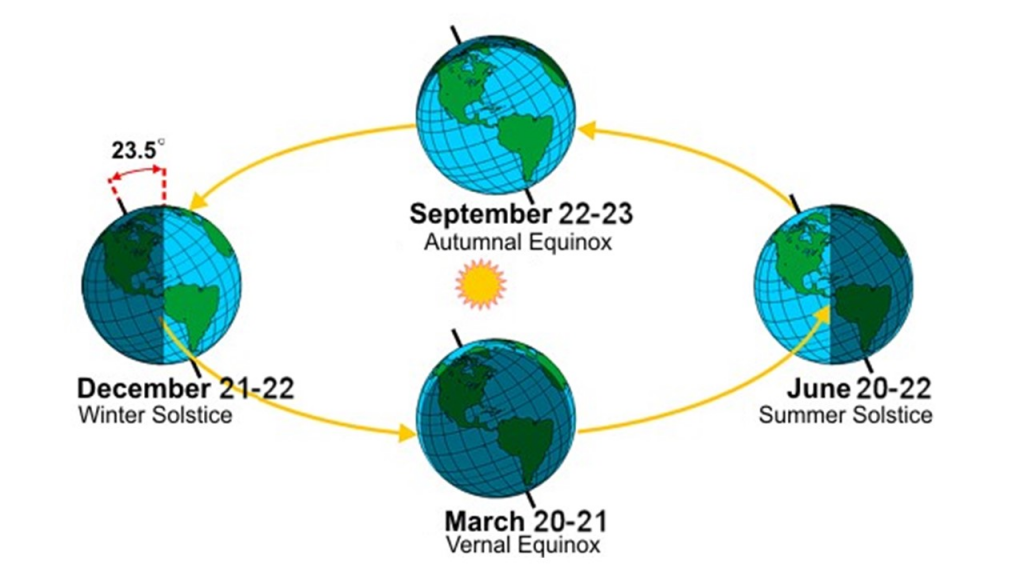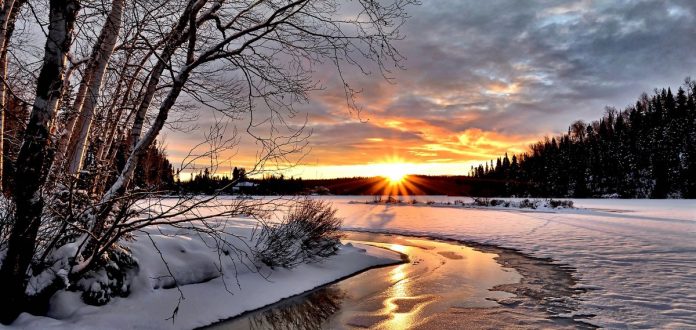Today the calendar doesn’t mark just any other 21st December but marks the longest night of the year. Yes! Its the Winter Solstice. The world witnesses Winter Solstice once in a year, but not necessarily on the same day of each year. It usually occurs on any day between 20th to 22nd December.
Winter Solstice occurs when the Sun is farthest away from the Northern Hemisphere of the Earth. As a result of this, we usually experience short days and long nights in winter. Winter Solstice marks the beginning of the winter season for everyone living in the Northern Hemisphere. To explain the Winter Solstice precisely, it occurs when the sun is directly over the Tropic of Capricorn.
It’s interesting to know some fun facts about Winter Solstice:
- Ancient Cultures consider this day as the time of death and rebirth.
- Some cultures and communities earlier believed that on Winter Solstice, evil spirits walk on the Earth
- On this day in the year 1898, Marie Curie and Pierre discovered Radium.
- The actual meaning of the word ‘SOLSTICE’ is ‘sun stands still’.
We all have learnt about Solstices during school time in our Geography classes, but I am sure we remember very little about it. For all those who need a recap, a Solstice is an event that occurs twice in a year due to the Sun’s position in relation to the Earth. The two Solstices occur when the sun reaches its extreme northern or southern excursion. It occurs once, in the month of June around the 21st day and then in the month of December around the same date. The one that occurs in June is commonly known as the Summer Solstice and the other one that occurs at the end of the year is known as Winter Solstice or Hiemal Solstice or Hibernal Solstice.
A Summer Solstice is exactly opposite to a Winter Solstice. It takes place when the Northern Hemisphere is closest to the sun. This is the time when those living in the Northern Hemisphere experience the longest day and shortest night of the year.

There is also the time that occurs twice in the year when the sun is neither closer to the Northern and Southern Hemisphere nor far. Scientists say that this is the time when the tilt of the Earth is zero. This zero tilt that occurs on the first day of spring is known as the Vernal Equinox and the second zero tilt that takes place on the first day of fall is called the Autumnal Equinox. These are the times when the world lives equal hours of the day as well as of the night, it being 12 hours.
Today being Winter Solstice, all the night lovers are sure to love 22nd December.





























